Photos chronicle industrial coast clean-up
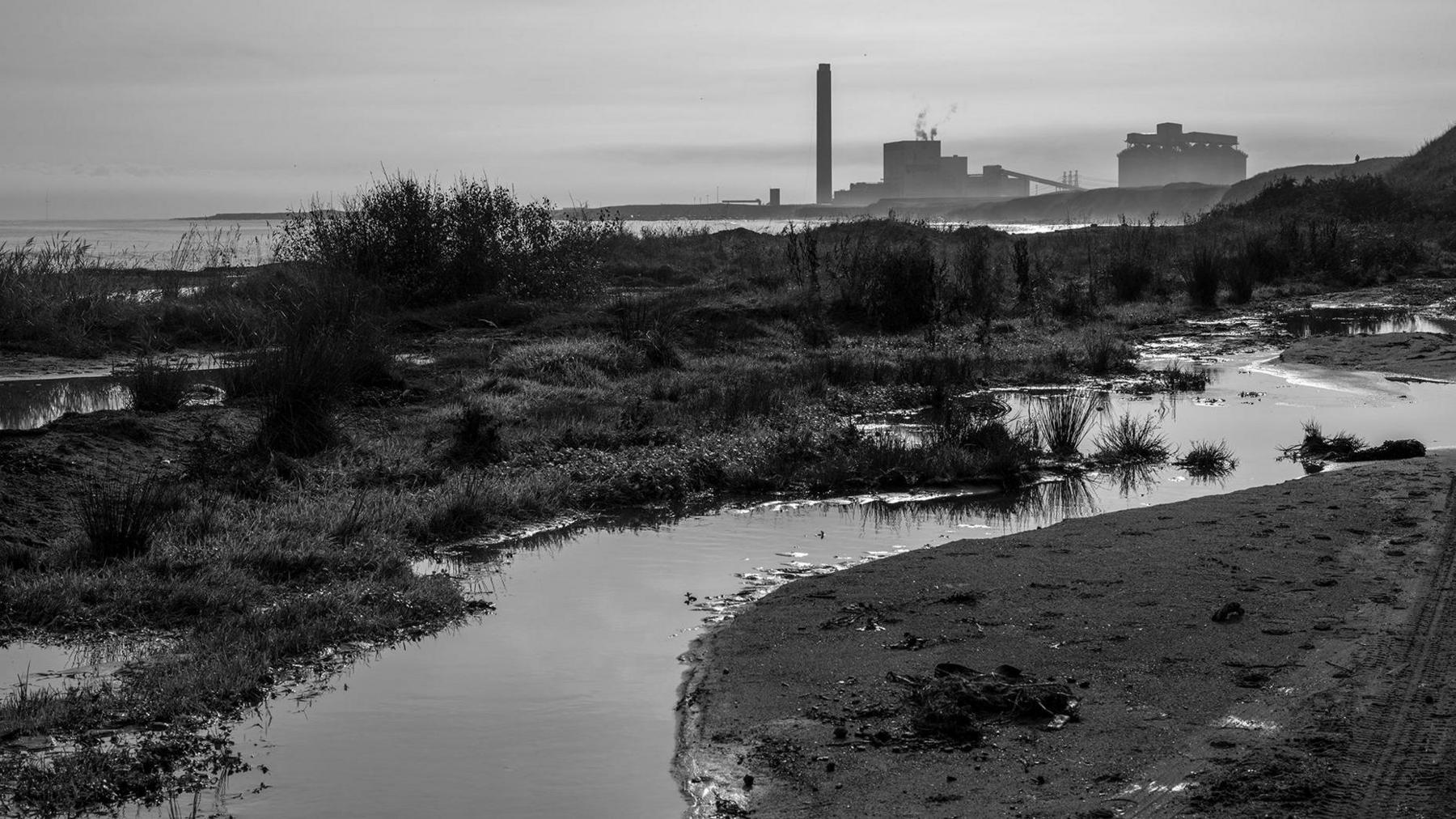
Lynemouth ceased to operate as a coal power station in 2015
- Published
The effects of industrial waste on a celebrated coastline will be the subject of a new photography exhibition.
A £5m operation is under way around Lynemouth in Northumberland to stop decades of waste and industrial debris washing into the sea.
Photographer and student Colin Pickett, 52, from the University of Sunderland, has visited the site more than 30 times.
He said: "Northumberland has such a stunning coastline and what happened at Lynemouth was so tragic, I just wanted to capture that contrast."
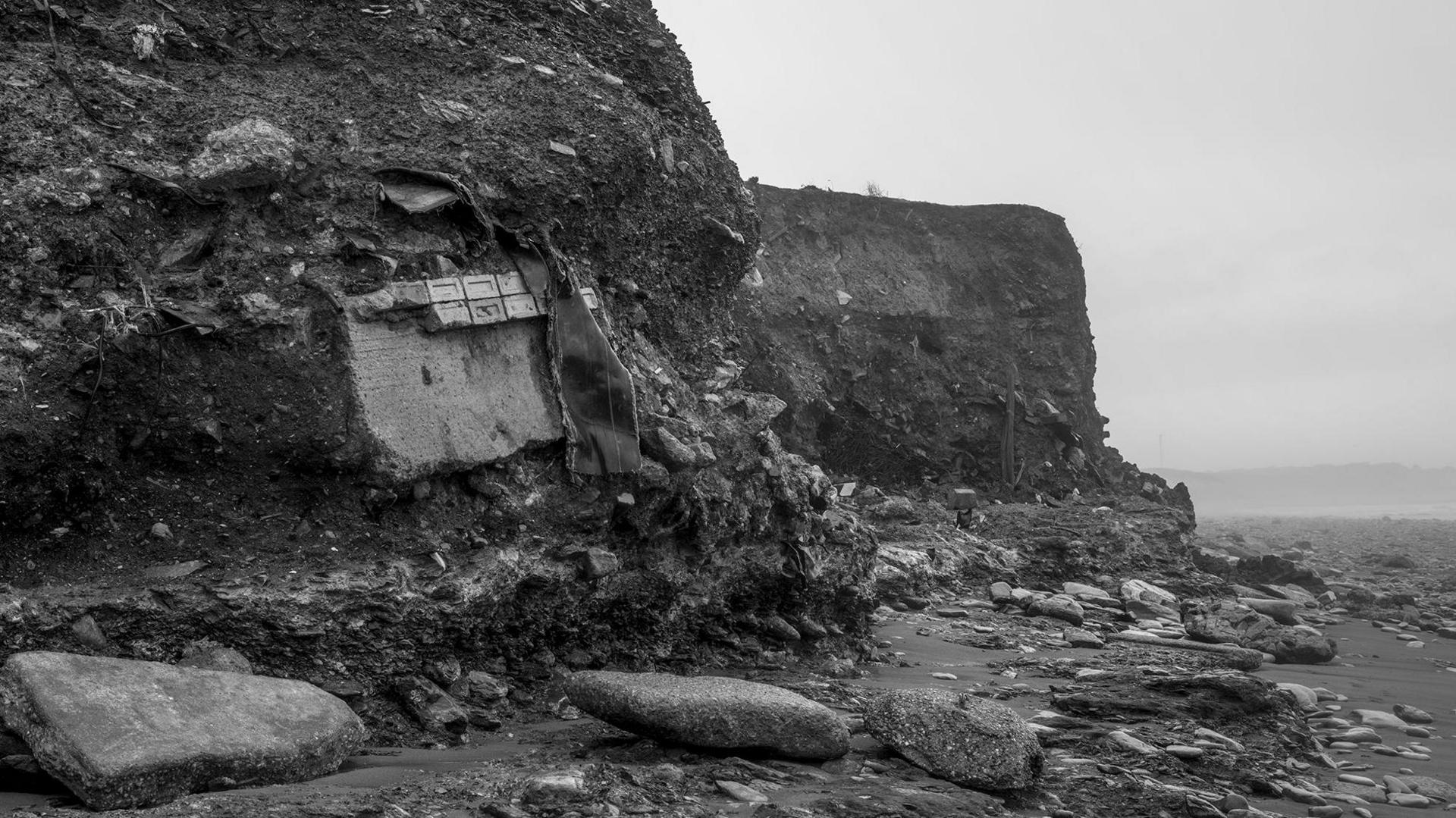
More than 30 million tonnes of colliery waste was tipped at Lynemouth over seven decades
"It's very sad when you consider that if you go just a few miles up the coast, it's just immaculate and beautiful in every way," Mr Pickett said.
"But you slide into Lynemouth and you see the power station which stands out and suddenly you're in this industrial landscape."
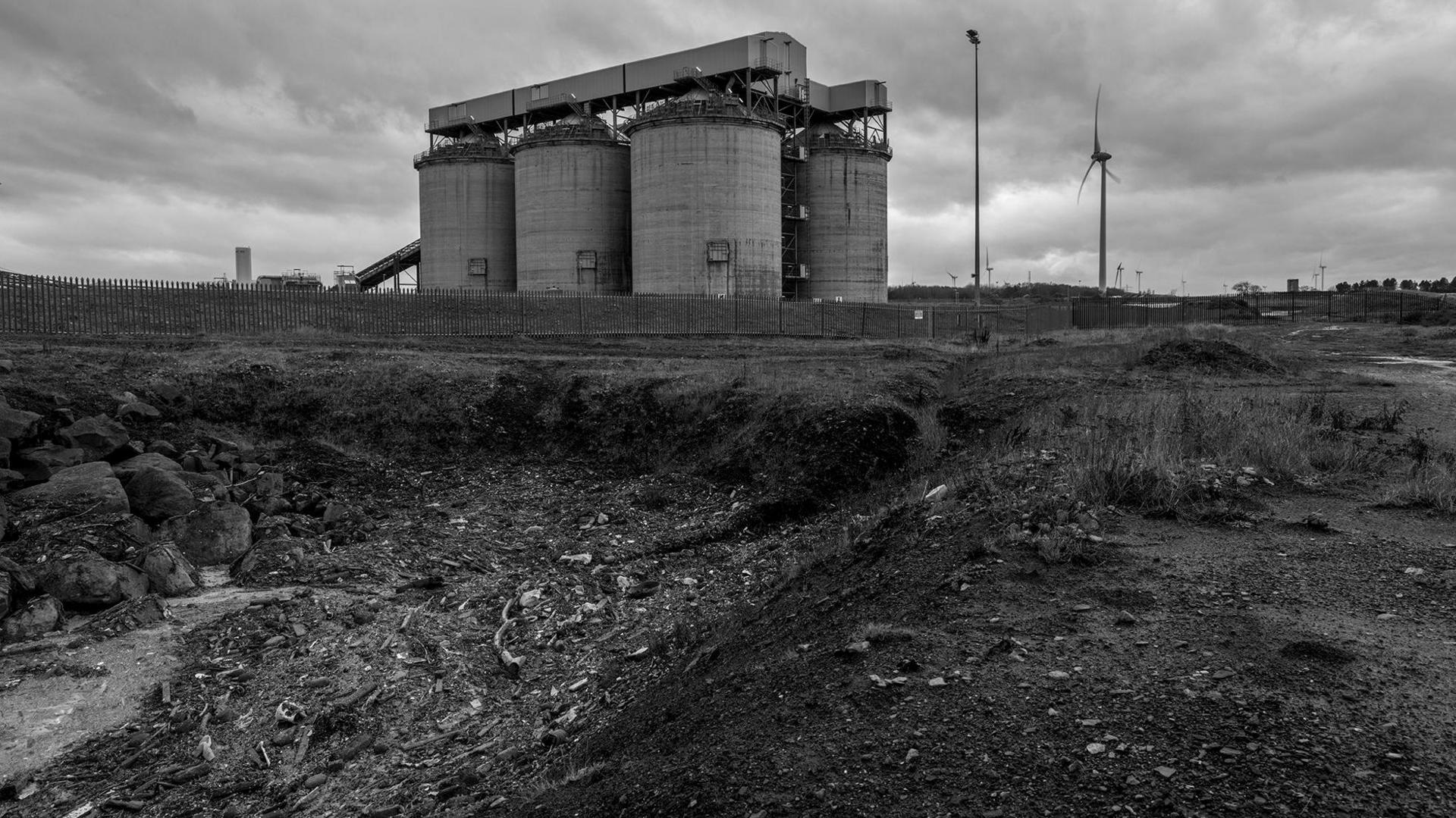
In addition to general spoil, there are four hotspots with greater concentrations of other waste
The dumping of colliery waste began in 1934 and continued until 2005, artificially extending the coastline into the sea.
Coastal erosion exposed that material and, in 2022, Northumberland County Council set up the Lynemouth Bay waste management plan, external.
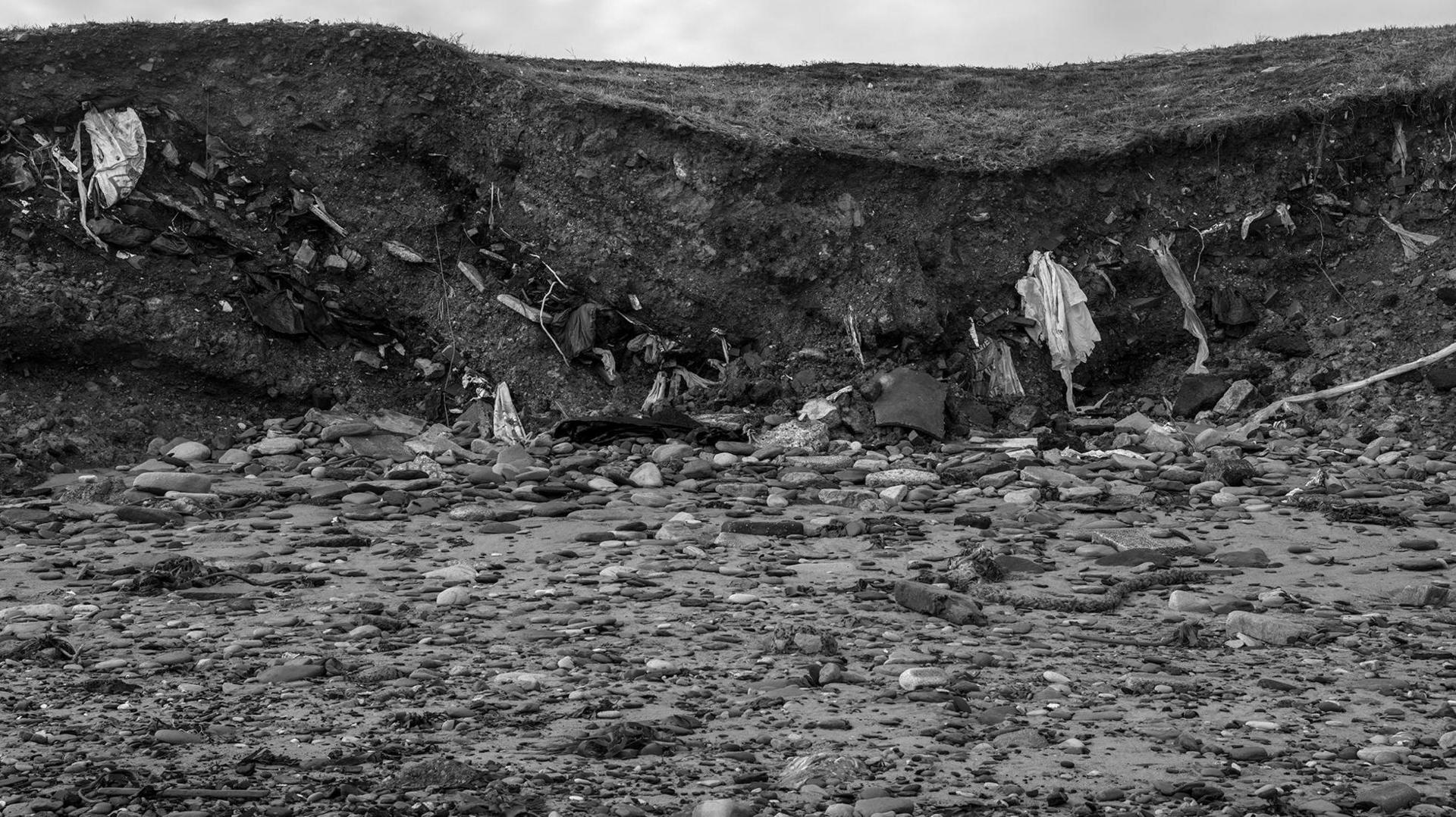
Colliery spoil tipping artificially extended the coastline towards the sea
Council teams have been removing waste washed on to the beach and excavation work has started to clear a further 190,000 tonnes of material.
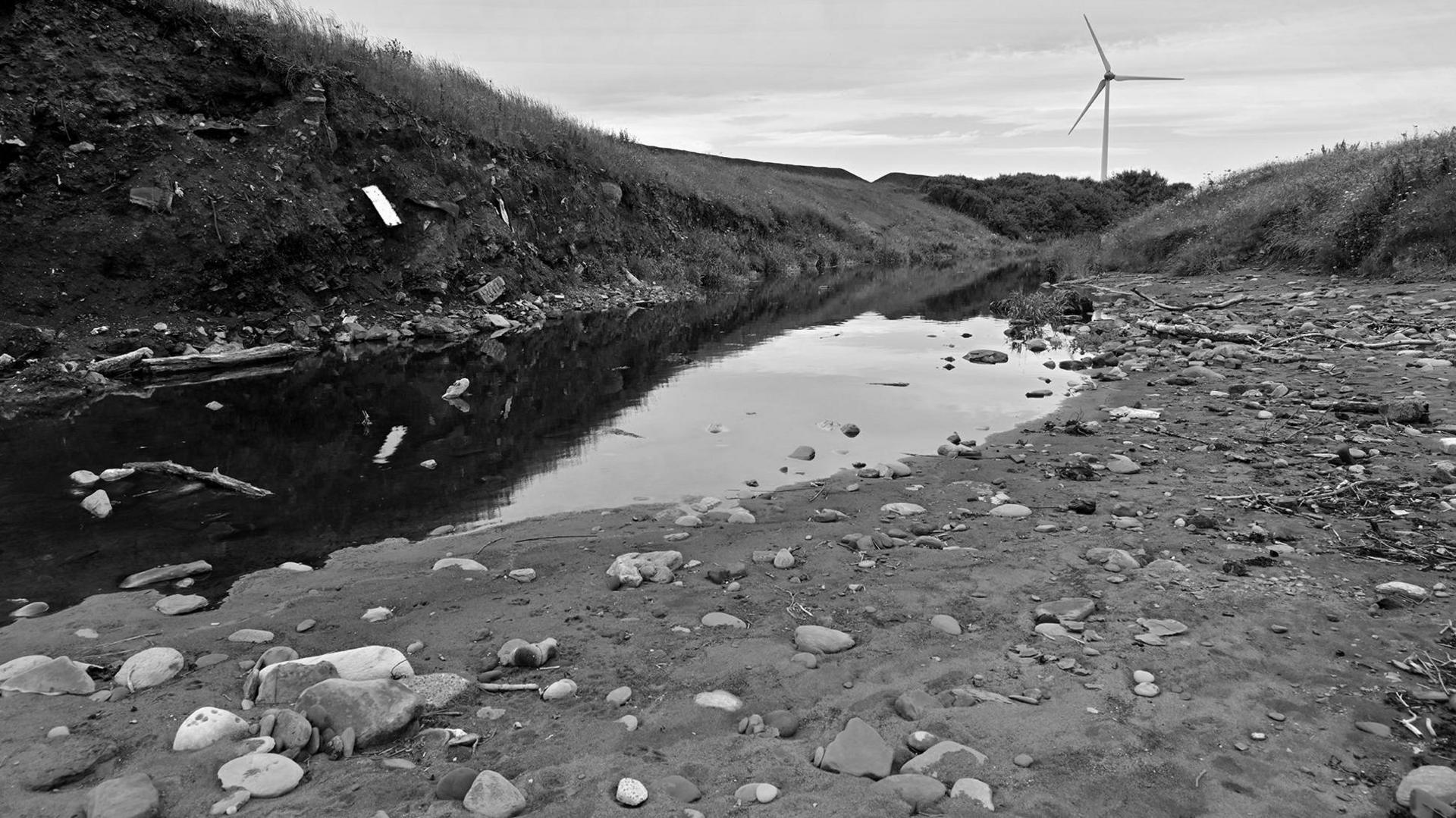
The clean-up began in June and is projected to finish in the autumn
"I go there twice a week," said Mr Pickett, who often returns to the same spot to show how the landscape is changing.
"I was working in colour initially, but I found that black and white was more dramatic and ties in with the work done by photographers like Chris Killip, who took images of the same area 40 years ago."
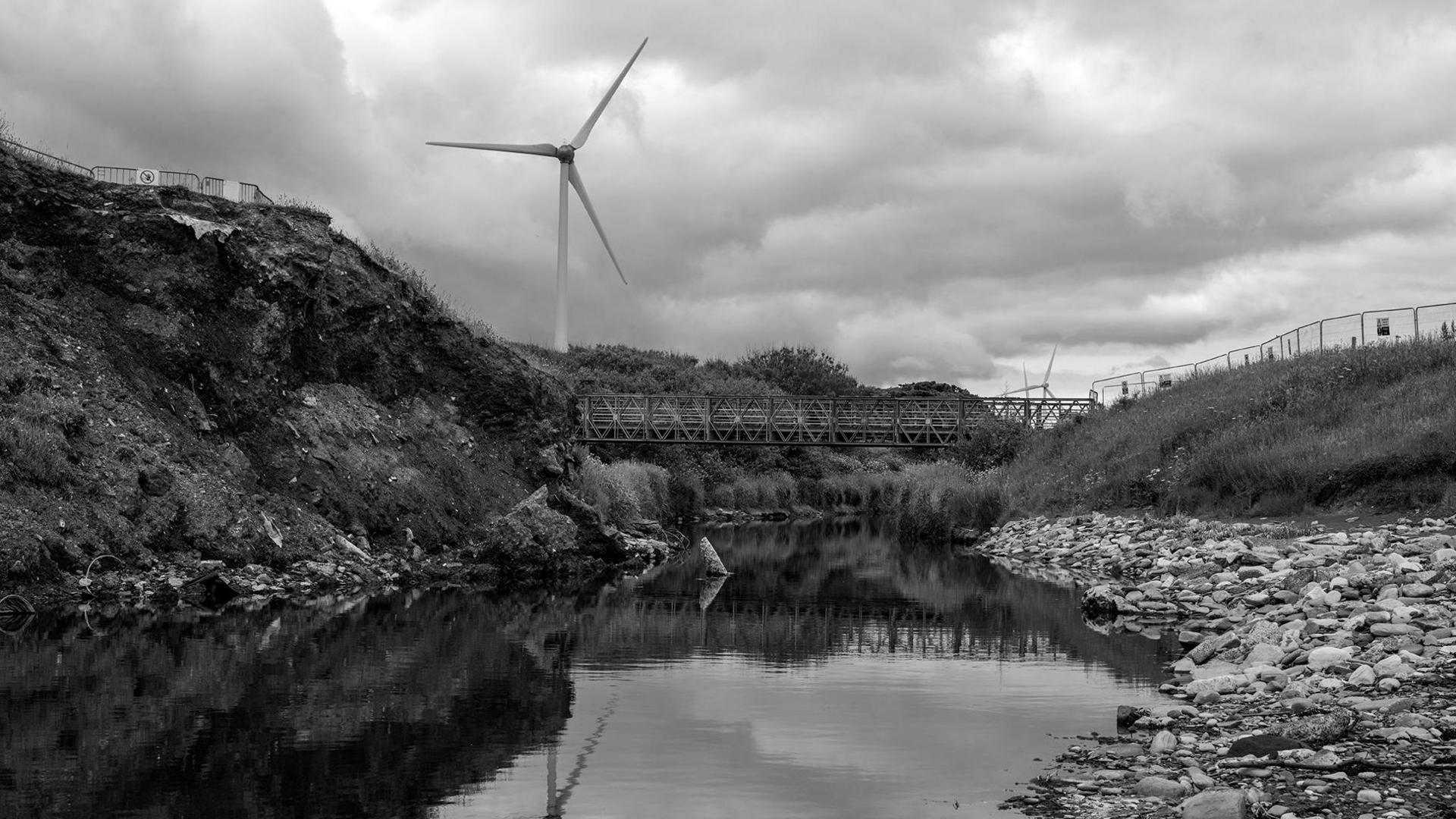
A bridge over the River Lyme has been constructed to help with excavations
"Now the clean-up operation is under way, it's wonderful to know change is coming, he said.
"It started as a project of sadness but now it's become one of hope."
Mr Pickett's photographs, along with those from a number of other students, will be on show from 22 to 27 September in the Priestman Building at the University of Sunderland.
Follow BBC North East and BBC Sunderland on X (formerly Twitter), external, Facebook, external and Instagram, external. Send your story ideas to northeastandcumbria@bbc.co.uk.
More stories from BBC North East and Cumbria
- Published6 February 2023
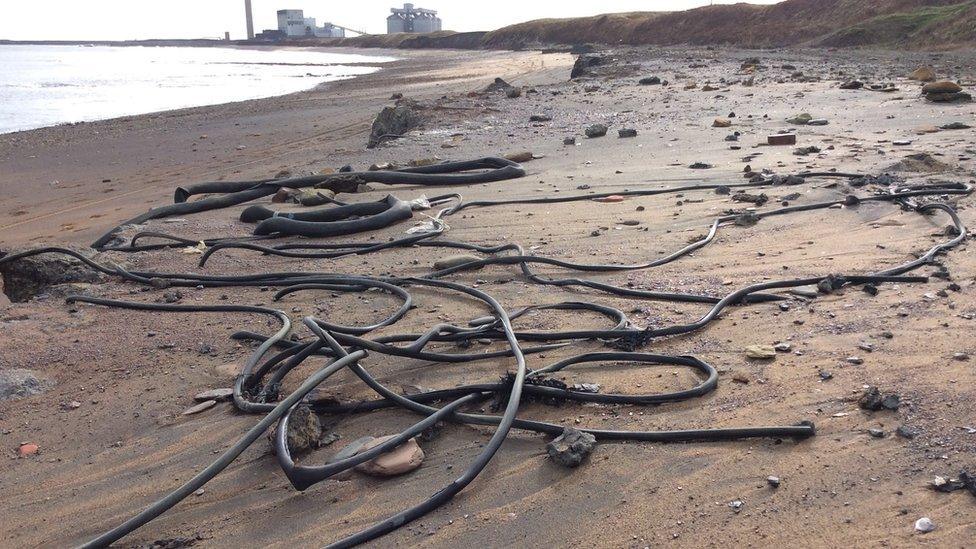
- Published13 July 2023
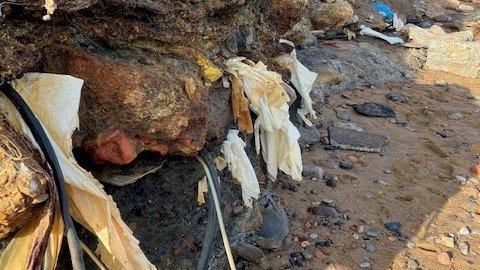
- Published4 February 2020
